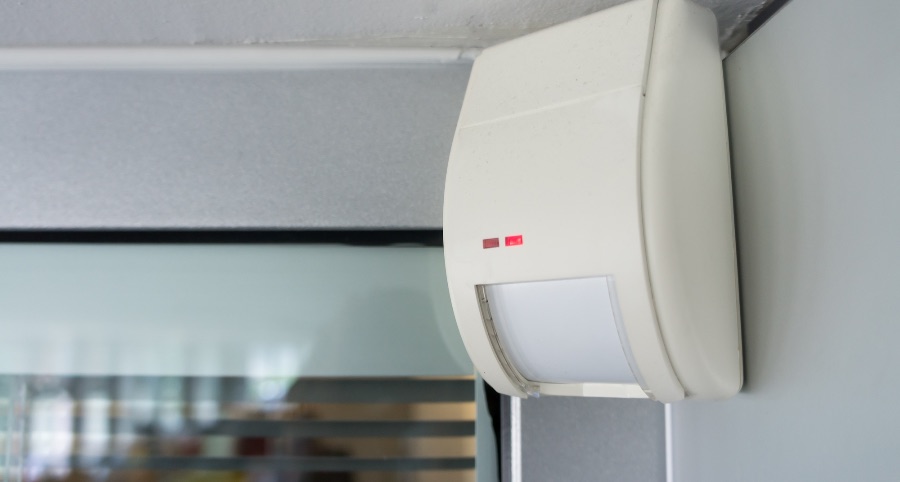How Do Motion Detectors Work In Huntington?

You most likely have a fairly decent idea of what motion detectors do solely based on their title. Indeed, they detect activity, but how exactly do they work? Take a moment to explore the technology that powers them and the various sorts of sensors you might come across. You’ll achieve a clearer understanding of how they work and how you may blend them into your contemporary smart home.
What is the technology that drives motion detectors?
Detecting motion can be achieved in several different ways, but motion detectors are typically classified into either of these categories - active or passive.
● Active motion detectors: These devices are deemed active, as they constantly transmit signals like microwaves and then assess the time of response. Activity is indicated when the time of response changes. While microwave sensors are most common, you’ll also discover active motion detectors that use infrared light or sound waves.
● Passive infrared (PIR) motion detectors: Regularly encountered within home security applications, PIR motion detectors perform by discovering variations in the surrounding temperature. Basically, the device detects what the regular temperature ought to be within a specified area. If there are rapid heat increases, like an intruder moving along the area, the detector recognizes it and initiates your alarm system. Since they aren’t constantly emitting signals, passive detectors generally need less power and are less expensive to run.
Along with active and passive, you may discover hybrid motion sensors that employ more than one technology. These can help reduce false alarms, as each sensor must be activated before the warning siren goes off. Other options include vibration motion detectors and tomographic devices that are typically utilized in larger commercial or industrial buildings.
Ways to incorporate Huntington motion detectors
The primary aim of motion detectors is to identify activity within a specified area, typically as far as 50 feet away. You’ll usually find them incorporated into outdoor floodlights or as standalone devices inside your residence. When activity is noticed, they’ll activate your alarm and notify your 24/7 monitoring staff.
But modern motion detectors are more functional than ever before. In fact, they are able to communicate directly with other smart devices. For instance, if motion is discovered, they may trigger your lighting to switch on or your video camera to begin recording. They can even notify your smart thermostat to modify the temperature.
Receive immediate alerts and customize settings for animals
One more tremendous benefit of modern motion detectors is that you’ll have automatic updates transmitted to your mobile phone every time the sensor is triggered. If you own house pets, you may even preempt false alarms by adjusting settings to accommodate the size of your four-legged friends.
Customize Your Vivint Smart Home With Motion Detectors in Huntington
Now that you have a greater understanding of how motion detectors work in Huntington, it’s a good time to include them into your contemporary smart home. Vivint’s motion detectors cover wide areas, offer wide-angle detection, and last for years without requiring a change of battery. They’ll also work in harmony with your other home automation devices. Are you excited to begin? Contact (304) 902-8188 to talk to a knowledgeable Vivint representative today.